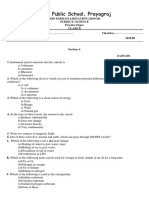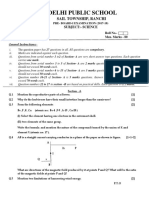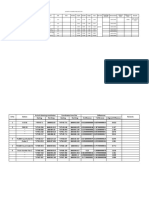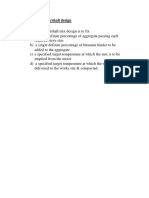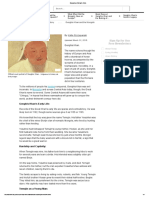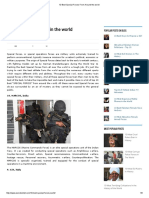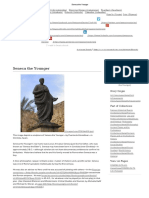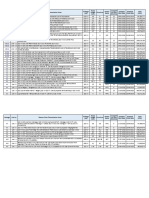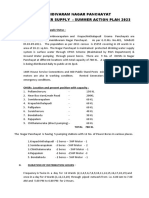0% found this document useful (0 votes)
29 views7 pagesScience and Technology 21
The document consists of a Tutor Marked Assignment for a Science and Technology course, containing six questions that cover various topics including physics, chemistry, agriculture, and environmental science. Each question requires concise answers, with some questions asking for specific terms, explanations, or comparative analyses. The assignment emphasizes the importance of understanding scientific concepts and their applications in real-world scenarios.
Uploaded by
jyothis_joy8315Copyright
© © All Rights Reserved
We take content rights seriously. If you suspect this is your content, claim it here.
Available Formats
Download as PDF, TXT or read online on Scribd
0% found this document useful (0 votes)
29 views7 pagesScience and Technology 21
The document consists of a Tutor Marked Assignment for a Science and Technology course, containing six questions that cover various topics including physics, chemistry, agriculture, and environmental science. Each question requires concise answers, with some questions asking for specific terms, explanations, or comparative analyses. The assignment emphasizes the importance of understanding scientific concepts and their applications in real-world scenarios.
Uploaded by
jyothis_joy8315Copyright
© © All Rights Reserved
We take content rights seriously. If you suspect this is your content, claim it here.
Available Formats
Download as PDF, TXT or read online on Scribd
/ 7

















